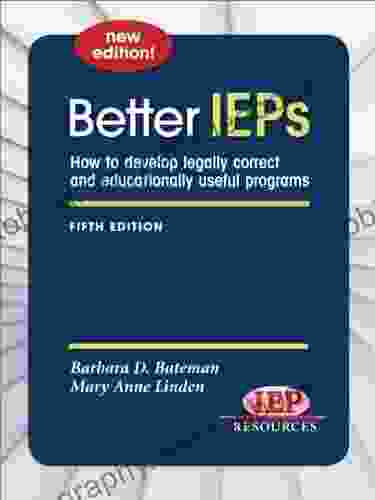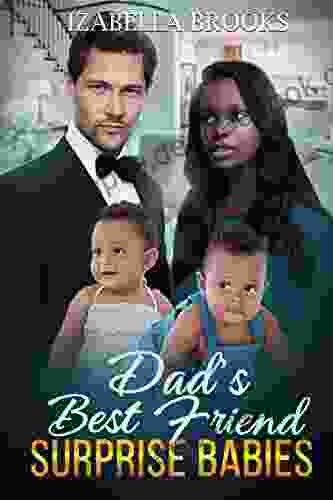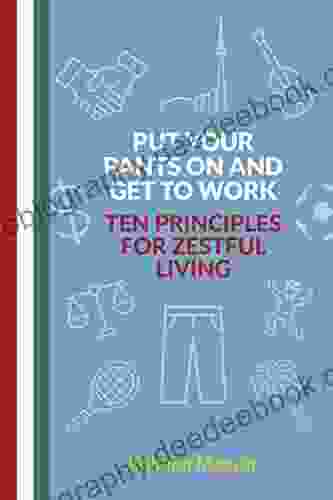How to Develop Legally Correct and Educationally Useful Programs

When developing educational programs, it is important to ensure that they are both legally correct and educationally useful. This means understanding copyright law and fair use, as well as instructional design principles.
Copyright Law and Fair Use
Copyright law protects the original works of authors, including literary, artistic, and musical works. This means that you cannot use someone else's work without their permission. However, there are some exceptions to this rule, including fair use.
4.1 out of 5
| Language | : | English |
| File size | : | 4872 KB |
| Text-to-Speech | : | Enabled |
| Screen Reader | : | Supported |
| Enhanced typesetting | : | Enabled |
| Word Wise | : | Enabled |
| Print length | : | 265 pages |
| Lending | : | Enabled |
Fair use is a legal doctrine that allows you to use copyrighted material without permission for certain purposes, such as criticism, commentary, news reporting, teaching, scholarship, and research. However, fair use is not a blanket exception to copyright law. In order to use copyrighted material under fair use, you must meet four factors:
- The purpose and character of your use. Courts will consider whether your use is commercial or non-commercial, and whether it is transformative. Transformative uses are more likely to be considered fair use than non-transformative uses.
- The nature of the copyrighted work. Courts will consider whether the work is published or unpublished, and whether it is a creative or factual work. Creative works are more likely to be protected by copyright than factual works.
- The amount and substantiality of the portion used. You cannot use a substantial portion of the copyrighted work without permission. The amount and substantiality of the portion used will vary depending on the nature of the work.
- The effect of your use on the market for the copyrighted work. Courts will consider whether your use will harm the market for the copyrighted work. If your use will harm the market, it is less likely to be considered fair use.
If you are not sure whether your use of copyrighted material is fair use, it is best to err on the side of caution and obtain permission from the copyright holder.
Instructional Design Principles
In addition to being legally correct, educational programs should also be educationally useful. This means that they should be designed to meet the needs of the learners and help them achieve their learning goals.
There are a number of instructional design principles that can help you develop effective educational programs. These principles include:
- Identify the learning goals. Before you can develop an educational program, you need to identify the learning goals for the program. What do you want the learners to know, understand, and be able to do by the end of the program?
- Choose appropriate instructional methods. There are a variety of instructional methods that you can use to deliver your program, such as lectures, discussions, demonstrations, and simulations. Choose the methods that will be most effective for achieving your learning goals.
- Develop engaging and interactive content. Learners are more likely to be engaged and motivated if the content is interesting and interactive. Use a variety of media, such as text, images, video, and audio, to create engaging content.
- Provide opportunities for practice. Learners need opportunities to practice what they are learning. Include opportunities for practice in your program, such as quizzes, exercises, and simulations.
- Assess learning. It is important to assess learning to determine whether the program is meeting its objectives. Use a variety of assessment methods, such as tests, quizzes, and portfolios.
By following these instructional design principles, you can develop educational programs that are both legally correct and educationally useful.
Developing educational programs that are both legally correct and educationally useful is essential for ensuring that learners have access to high-quality learning experiences. By understanding copyright law and fair use, as well as instructional design principles, you can develop programs that meet the needs of learners and help them achieve their learning goals.
4.1 out of 5
| Language | : | English |
| File size | : | 4872 KB |
| Text-to-Speech | : | Enabled |
| Screen Reader | : | Supported |
| Enhanced typesetting | : | Enabled |
| Word Wise | : | Enabled |
| Print length | : | 265 pages |
| Lending | : | Enabled |
Do you want to contribute by writing guest posts on this blog?
Please contact us and send us a resume of previous articles that you have written.
 Book
Book Text
Text Story
Story Genre
Genre Library
Library Paperback
Paperback Newspaper
Newspaper Sentence
Sentence Shelf
Shelf Glossary
Glossary Bibliography
Bibliography Foreword
Foreword Preface
Preface Synopsis
Synopsis Footnote
Footnote Manuscript
Manuscript Codex
Codex Bestseller
Bestseller Classics
Classics Library card
Library card Biography
Biography Encyclopedia
Encyclopedia Thesaurus
Thesaurus Character
Character Borrowing
Borrowing Archives
Archives Periodicals
Periodicals Study
Study Academic
Academic Reading Room
Reading Room Special Collections
Special Collections Interlibrary
Interlibrary Literacy
Literacy Study Group
Study Group Thesis
Thesis Dissertation
Dissertation Storytelling
Storytelling Reading List
Reading List Book Club
Book Club Textbooks
Textbooks Tanya L Provines
Tanya L Provines Morton Manus
Morton Manus Mark Bowser
Mark Bowser Buddy Mays
Buddy Mays Nicolas Modrzyk
Nicolas Modrzyk Paige A Mcginley
Paige A Mcginley Bruce I Jacobs
Bruce I Jacobs 2008th Edition Kindle Edition
2008th Edition Kindle Edition Ulrich Cabrel
Ulrich Cabrel Shirley Adams
Shirley Adams Dave Robinson
Dave Robinson Louise Meintjes
Louise Meintjes Rob Sanders
Rob Sanders Suzanne Selfors
Suzanne Selfors Victoria Shorr
Victoria Shorr Alice Oswald
Alice Oswald Jules Bennett
Jules Bennett Durga Chew Bose
Durga Chew Bose Scott Joplin
Scott Joplin Molly Knight
Molly Knight
Light bulbAdvertise smarter! Our strategic ad space ensures maximum exposure. Reserve your spot today!
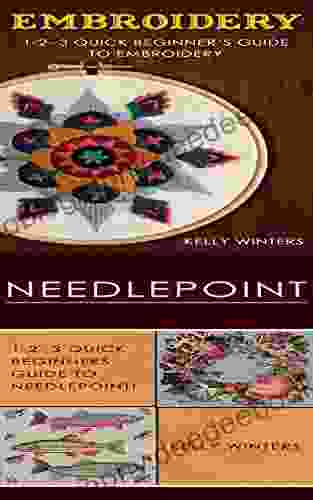
 James JoyceA Quick Beginner's Guide to Embroidery: A Step-by-Step Journey to Needlepoint...
James JoyceA Quick Beginner's Guide to Embroidery: A Step-by-Step Journey to Needlepoint... Jason HayesFollow ·16.7k
Jason HayesFollow ·16.7k Kazuo IshiguroFollow ·6.4k
Kazuo IshiguroFollow ·6.4k Bill GrantFollow ·19.3k
Bill GrantFollow ·19.3k Adrien BlairFollow ·9.2k
Adrien BlairFollow ·9.2k Virginia WoolfFollow ·18.6k
Virginia WoolfFollow ·18.6k Dwight BlairFollow ·16.6k
Dwight BlairFollow ·16.6k Dan HendersonFollow ·11.6k
Dan HendersonFollow ·11.6k Gary CoxFollow ·14k
Gary CoxFollow ·14k

 Fletcher Mitchell
Fletcher MitchellEducation And Peace Montessori 10: Where Learning...
A Symphony of Learning and Well-being Amidst...

 Glen Powell
Glen PowellUnveiling the Wonders of Language and Literacy...
Language and literacy...

 Rod Ward
Rod WardThe Portable Benjamin Franklin: A Timeless Collection of...
In the vast tapestry of American history,...

 Kelly Blair
Kelly BlairDemocracy Versus Authoritarianism in the Post-Pandemic...
The COVID-19...

 Colin Richardson
Colin RichardsonGet Inspired To Shoot Over 130 Poses
Are you looking for...
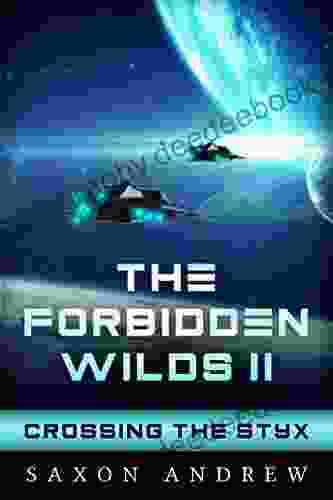
 Jared Nelson
Jared NelsonEmbark on a Shadowy Journey: The Forbidden Wilds and...
Prologue: A Realm Enshrouded in Darkness As...
4.1 out of 5
| Language | : | English |
| File size | : | 4872 KB |
| Text-to-Speech | : | Enabled |
| Screen Reader | : | Supported |
| Enhanced typesetting | : | Enabled |
| Word Wise | : | Enabled |
| Print length | : | 265 pages |
| Lending | : | Enabled |


